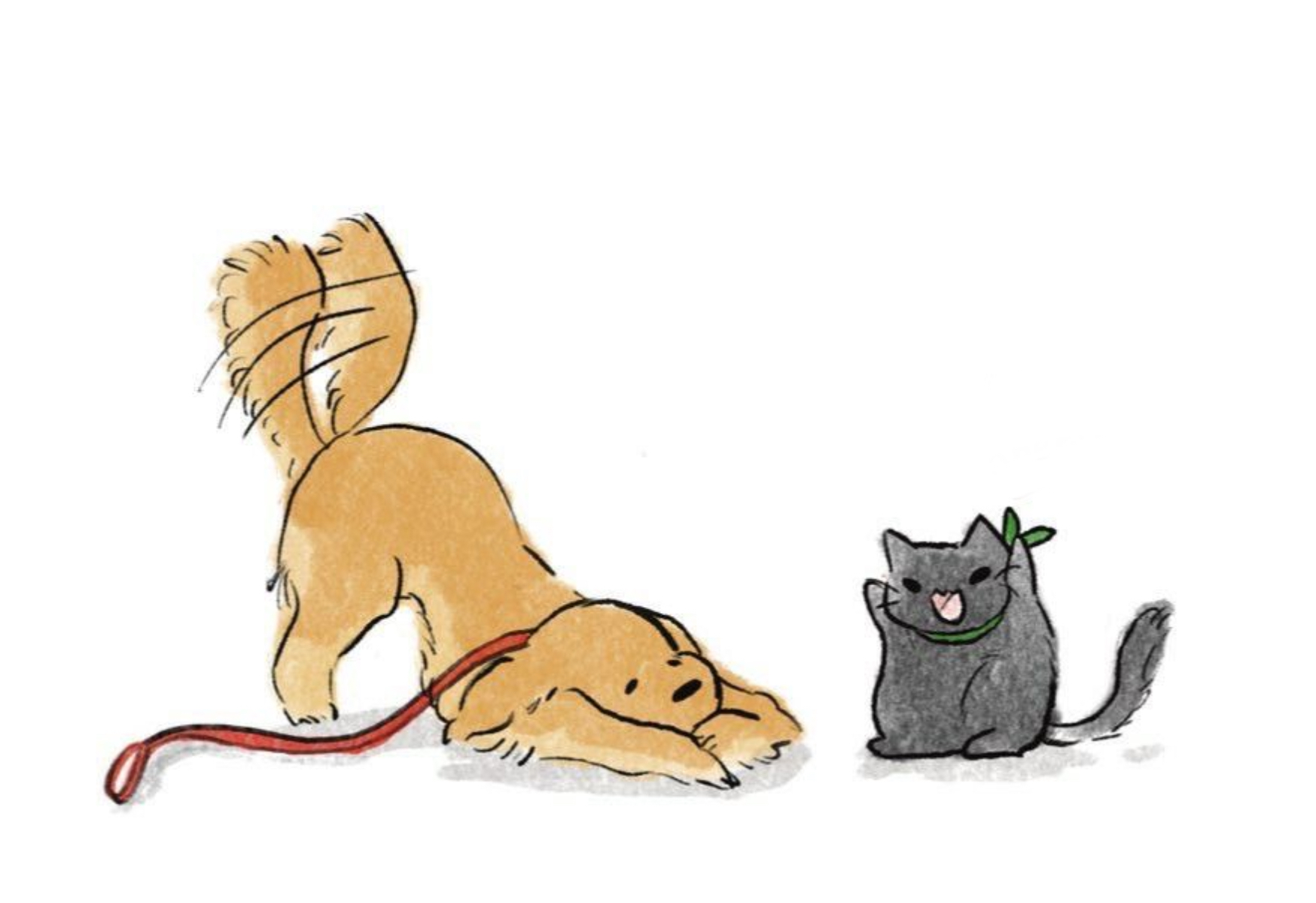Taha Forooghi (9) | STAFF REPORTER
(May Your New Year Be Victorious!)
Whether spelled Nowruz or Nuwruz, the new year celebrating the coming of spring is enjoyed by many Iranians, Afghanians, Turks, Kurds, and some in parts of India. Nowruz means New Day in the Farsi language and celebrates the coming of spring and the new year.
It is based on the ancient Persian solar calendar called Hijri Shamsi, starting with the pilgrimage of the prophet Mohammed (Saw) from Mecca to Medina. The new year has been celebrated for 1.4 millenia, with the older Assyrian calendar having the same celebration dating back tens of millenia.
On March 21st at 5:24 pm EST, Persians around the world celebrated the beginning of spring with a festive table called the Haft Seen.
The first thing on will start with is the seer, which means garlic in Farsi. Each item that makes up a Haft Sin symbolizes a significant prayer for the coming year. Particularly, Seer is a representation of health and medicine, which are two incredibly important facets of a quality life.
Seeb, which means apple in Farsi , is the following item in a Haft Sin. These modest fruits, which we frequently take for granted, are a necessity for any Haft Sin and have a significant symbolic significance.
Another crucial element of a Haft Sin is sabbeh, which is another name for sprouted grains. These sprouted grains add some brightness to the display with their fresh, vibrant green leaves. They are a great sign of the start of spring as well.
Vinegar is a crucial part of a Nowruz Haft Sin display in Persian culture. Serkeh is the Farsi word for vinegar. Serkeh is a must-have during Nowruz and is frequently served in a small bottle or dish. The serkeh at a Haft Sin symbolises a variety of ideas, with patience and experience being the most prevalent themes.
Although the word “senjed” can be translated as “dried fruit” in English, the senjed that is always present in a Haft Sin comes specifically from the olive. This senjed stands for affection and love.
Sumac is a berry that primarily grows in Turkey and Iran in the Southwest Asian and North African (SWANA) region. Additionally, because somagh represents the sun, it also represents the life and prosperity that the sun can bring.
Like sabzeh, samanoo also stands for wealth and the benefit of patience. Overall, because it denotes the arrival of sweetness and happiness in the new year and hopefully beyond, samanoo is a very significant addition to a Haft Sin.



